Note from Admin: This is a great article, especially for all of us East Coasters or people experiencing some brutally cold weather. Here is another excellent and informative guest article written by Fuji X Series user, Jed Orme. He discusses his reasons why he chose to bring only primes on his recent trip to the South Pacific and includes some fantastic photos (look at that photo above; it’s perfect!). If you would like to see more of Jed’s photos, please view his Flickr page! Enjoy!
South Pacific Sojourn – To Zoom or Not To Zoom (Part 1 of 2 Parts)
This is the first part of a two-part article about photography on a thirty day cruise, & related photo gear considerations as well as image capture experiences.
Not quite two months ago, while checking email on my computer, I received an incredible offer from our travel agent to take a last minute cruise from San Diego to Hawaii & then to seven islands in French Polynesia. Places with far away names like Bora Bora, Raiatea, Tahiti, Moorea, Rangiroa & Nuku Hiva conjured up images for me that are a photographer’s dream come true. So my wife & I jumped at this opportunity. This led to my next question of whether to take the most basic photo gear or a more capable but also more complex setup. In my case, the former would be my Fuji X-E2 with its outstanding XF18-55mm zoom lens; the latter would be a selection of some or all of my prime lenses for this camera, with or without the zoom. For me this is the XF-14mm, the XF-35mm, a Zeiss Planar 50mm, & finally a Leica Tele-Elmarit 90mm. I provided a prior write up on this blog of my experiences in adapting these last two Leica M mount lenses to my Fuji X-E2 using the M adapter made by Fuji (see my two-part article on this blog titled “A Tale Of Two Lenses”).
I suspect that almost everybody who might read this article has faced a similar dilemma: This is primarily a vacation trip with my spouse, but to somewhere offering real opportunities for some good photography – Should I bring along only that gear which won’t interfere with spending time with her/him & enjoying all there is to see; or is there some happy medium that will permit both a wonderful shared experience & still allow for some worthwhile photography. In the past, with my Nikon D7000 kit, I basically took my two most frequently used lenses, a 35mm f1.8 that was my favorite, & an 18-200mm stabilized zoom that was next most often used. But this was hardly either a small or lightweight kit. In fact, the last long trip taken with it was the major impetus for me to exchange it for the smaller, lighter Fuji X system gear. So I could literally take everything I now own, it wouldn’t amount to half the weight or size of the prior partial kit assemblage, & with equivalent or better resulting image quality.
But I still gave serious consideration whether to zoom or not to zoom for the reasons mentioned of keeping my focus (no pun intended) on the trip experience rather than its photographic outcome. The decision to take my XF18-55 zoom or not to do so was made harder by virtue of its outstanding performance. It also has a much faster speed in all focal lengths than provided by most so-called “kit” lenses. I thoroughly enjoy using it on my camera, & would have no problem relying on it to produce about as much as my eye is capable of both seeing, composing & creating. So right up to the last minutes before departure, my plan was to bring the X-E2 with its zoom, my 5 batteries, 2 chargers, & 6 16gb high speed SD cards; all easily packed & carried in my recently acquired Billingham Hadley Small bag. Nothing else – not my tripod, my monopod, my external Yongnuo flash, or anything more.
But at the last minute, I really starting thinking about two considerations: The first was that my favorite lens on the X-E2, like before, is the very compact but special XF-35mm. As with my D7000, this lens is almost always on my camera & most of the photos I take are with it. Part of it has to do with the fact that I just tend to see the world through 50mm aging eyes, & can better visualize a photo before looking through the viewfinder with this focal length lens than with any other I have ever used. Also the image quality it produces is among the best of any lens made by Fuji. It likely has something to due with the fact that this was the first prime lens designed & sold by Fuji to go with their first interchangeable lens camera, the exceedingly popular X-Pro1. Or for me at least, it just seems like there is something almost magical in the glass that can’t be explained. Many reviewers of the little 35mm have compared it very favorably with some of the best 35mm’s coming from Leica, Zeiss, Cosina Voigtlander & others.
The second thing that compelled me to decide on some combination of my prime lenses was the great joy I’ve experienced in the relatively short time I’ve been using the adapted Leica 90mm & Zeiss 50mm on my camera. And they are more than capable of giving me the optimal results that I am able to create. Manual focus (particularly with the viewfinder magnification & “focus peaking” features of the X-E2) also should not be a problem with the type of travel photography I had in mind for this trip.
So then I had these three great lenses, but maybe also should consider the need for a somewhat wider capability; something like what my relatively new XF-14mm could produce. I am truly amazed at how sharp the images are from this lens. And it seemed that there indeed would be a need for a wider angle than that provided by the 35mm. So the decision really was whether to bring along the zoom, with its 18mm lower end, or to go a bit wider with the 14mm prime. My final decision was that the prime’s ultra wide capability was more beneficial than having a less capable zoom that also duplicates some of the focal lengths provided by my other primes.
After looking at my recent history of usage of the lenses that I possess, it suggested that, in order, the 35mm, 14mm, & 90mm would be the top three needed. I also viewed (again no pun intended) that the longer telephoto capability of the 90mm would be more useful than the medium reach of the 50mm. And both of these lenses are about the same weight & size. So I loaded up my bag with my X-E2, these three lenses (14, 35 & 90) & the extras cited above to see how it all fit & how manageable it would be. Turned out to be just fine – – & maybe there might even be some room leftover to drop in the petite 50mm! This I did, – – & voila, – – everything still fit just fine & was still very manageable. So the final decision was made to bring along all four of my primes: the 14mm, 35mm, 50mm, & 90mm; but not the 18-55mm zoom.
Then to further address this issue of zooming or not zooming, we need I believe to look both at how some of the images taken turned out, as well as the experience or reaction of the photographer in using only primes instead of a more flexible zoom. I’ll start by stating how I first adjusted to using this kit either on the ship or ashore during the first leg of this trip from San Diego to Hawaii & nearby ocean waters. In a nutshell, the 90mm was not used at all when at sea, but very useful in port; however the 50mm, while very useful on the ship, was not as useful when in port. The 35mm was the most useful of all both on the ship & in port, & the 14mm was also useful in both situations, but more so when in port. This was my experience during the first phase of the cruise, which was five days at sea, four days cruising among three of the Hawaiian Islands, followed by almost four days at sea to Fanning Island, our first stopover on our way to the islands of French Polynesia. Then it was two more days to Bora Bora, my gateway to the South Pacific.
We can also take a look at some of the images taken during this particular time frame & review the lenses used for such work.
San Diego, California; Balboa Park architecture
Arboretum at Balboa Park in San Diego
Hilo, Hawaii; Small boat harbor across pier where cruise ship docked
View of cruise ship from Hilo bay near downtown
Lahaina, Maui, view of Iao Valley from anchorage
View of Lahaina Harbor taken from tender
Honolulu, Hawaii; Aloha Tower from bow of cruise ship
Honolulu; Sunset from stern of cruise ship
Honolulu; King Kamehameha Statue in front of Ali’iolani Hale
Downtown Honolulu skyline
Honolulu; Sunset cruise ship departure view of Diamond Head & Waikiki Beach front
“Red Skies At Night, Sailor’s Delight”
First I considered all of the images taken during the initial portion of the cruise to Hawaii, & then in the time in the Hawaiian Islands. These total around 750, & almost two-thirds were taken with the XF35mm; the remaining third were fairly equally divided between the XF14mm & the Leica 90mm. A small percentage was taken using the Zeiss 50mm, but almost all of these were taken on the ship at sea. However when I select what I feel are the best images in this batch, some of which are shown above, the great majority (75-90%?) are taken with the 35mm, with the balance pretty even between the 14mm & 90mm. Interestingly however, in the above photos (which I selected without checking which lens was used) all were taken with the 35mm excepting for the next to the last one of Diamond Head, which was taken with the 90mm. Also the use of the 14mm was primarily on the ship at sea when roaming around looking for something that would merit its use. Quite honestly, they came out fine in terms of IQ, but subject matter or their composition left something to be desired.
So let’s see how this plays out during the next portion of the cruise from the Hawaiian Islands to Fanning Island & beyond. Here again is a selection without any consideration of lens used, but only representative of what was seen on the trip & a view to showing what I feel are among the better photographs. Our first leg of travel to the South Pacific was from Honolulu to Bora Bora, with a stop at an isolated atoll called Fanning Island, a fascinating place inhabited by almost 2500 people who live without any water or electricity. The last photo was taken on the tender ride into the dock at Bora Bora after a lengthy delay clearing French Polynesian customs prevented our going ashore until almost dark (fortunately we were there for two days).
Sunset at sea between the Hawaiian Islands and the South Pacific
At sea; ukulele lessons
At sea; lifeboats & sea foam
At anchor off of Fanning Island; Coral atoll with no water or electricity for 2500 island residents
Bora Bora, Society Islands (French Polynesia); View from tender as it docks in Vaitapai
Here, as you might expect, the night shot was taken with the faster 35mm, as well as the ukuleles & the lifeboats over the ocean. But the other two were both taken with the 90mm. Again for these subjects, not much reason to consider the wide angle – little Fanning Island would just be a blip on the horizon with its three feet above sea level altitude (not visible at all without the palm trees & other vegetation).
But daybreak in Bora Bora commenced our experience with what is, & what we expected of, the South Pacific (I had even read James Michener’s book “Tales of the South Pacific” during the sea days between Hawaii & Bora Bora to get in the right frame of mind). However, due to the length remaining of this article, & the number of photos still to be seen, I’m afraid I am going to ask your patience until Patrick is able to post the second half of my tale about photography & South Pacific cruising. So please return for what I hope will even be a more interesting conclusion to this wonderful experience & the photography related to it.
Aloha for now & Mauruuru Roa (Tahitian for “Thank You Very Much”),
Jed
Note from Admin: I would like to thank Jed for sharing with us his wonderful photos and this exquisitely written article of the South Pacific. Stay tuned for part two, which should be up soon! For now, if you would like to see more of Jed’s photos, please check out his Flickr page! I promise you won’t be disappointed.

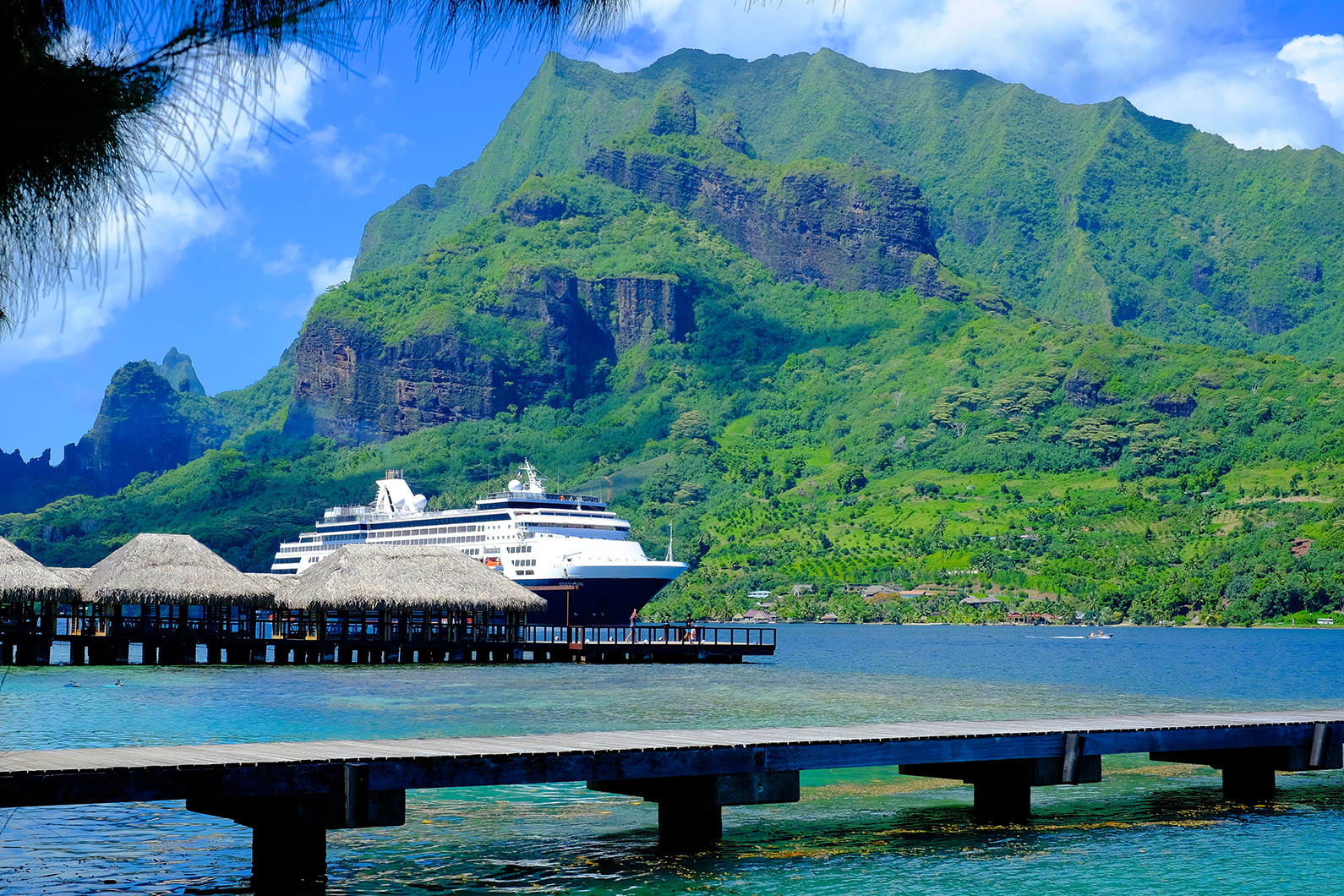
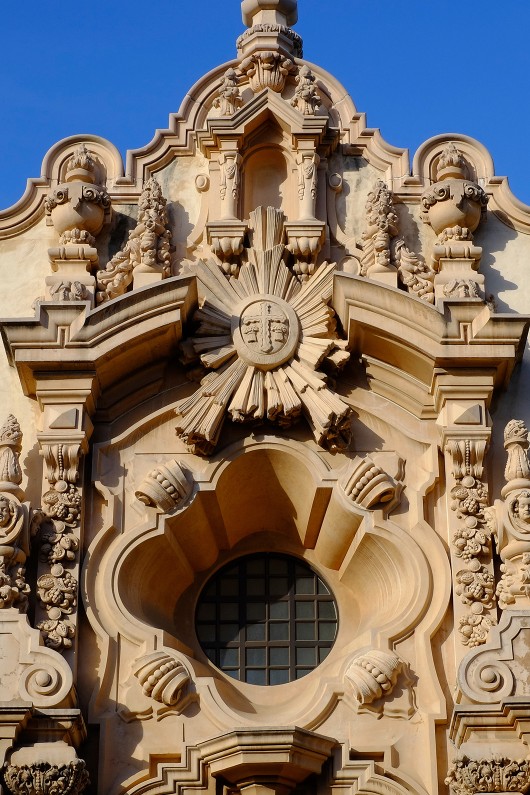
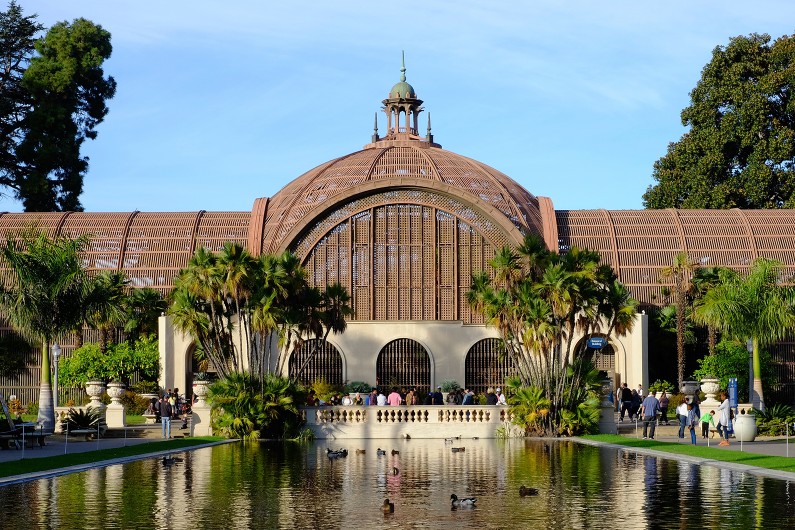
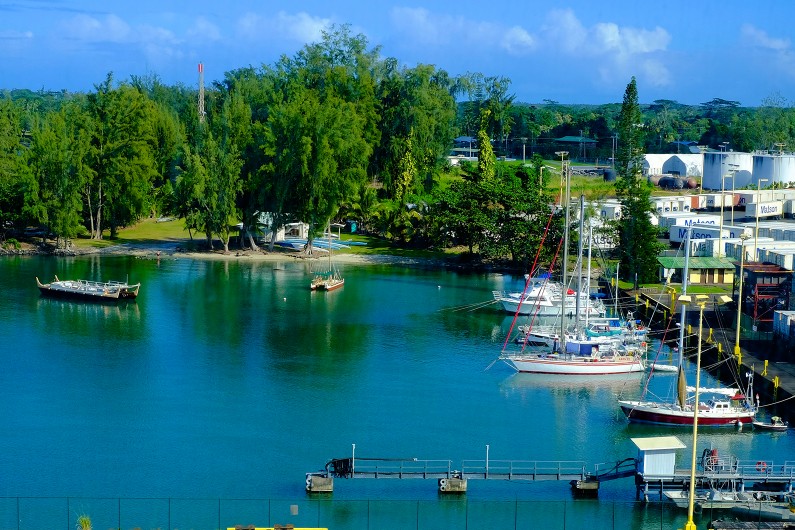
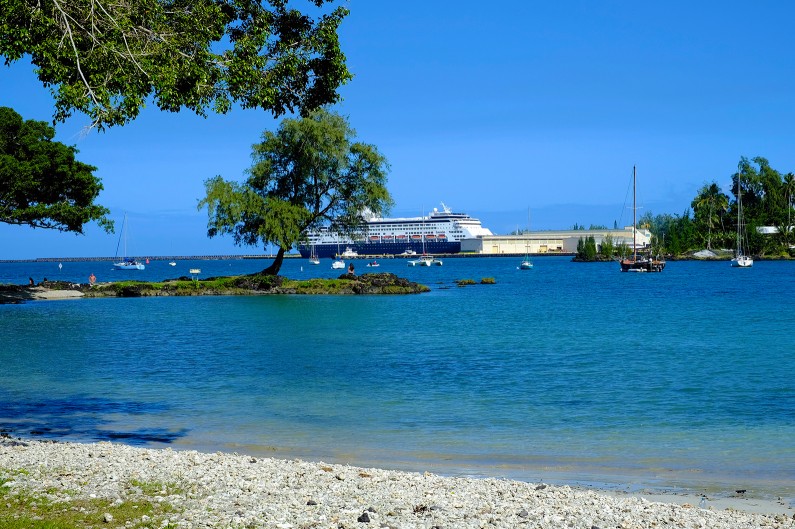
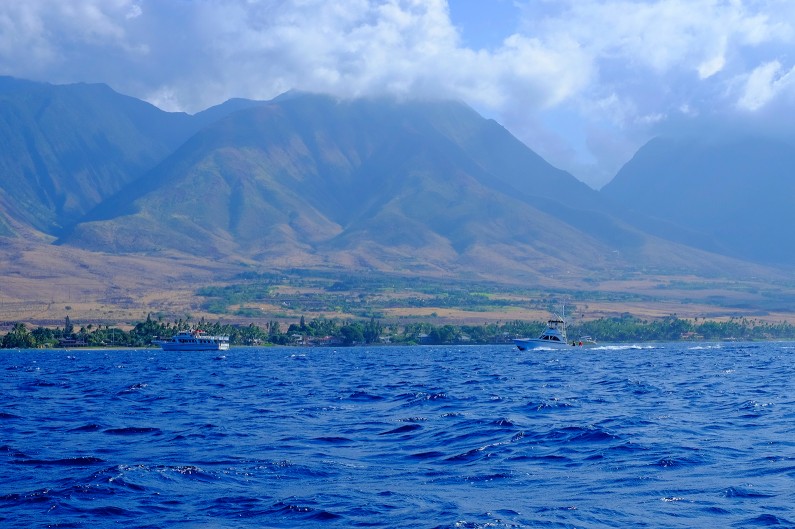
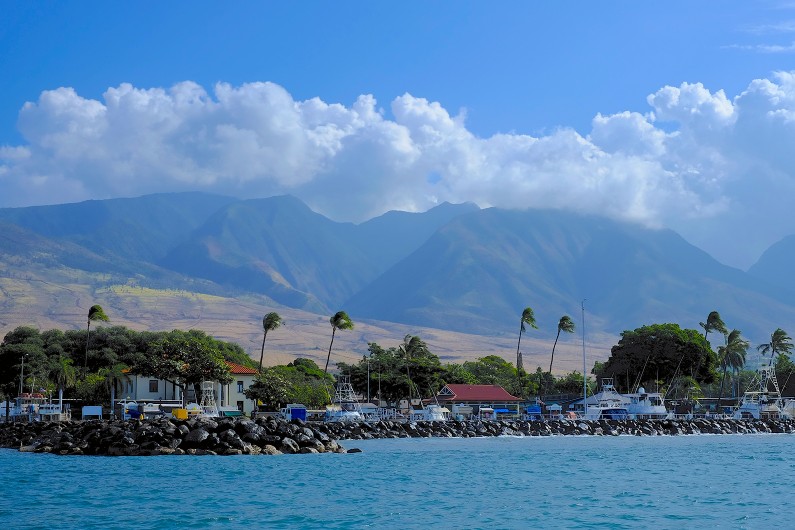
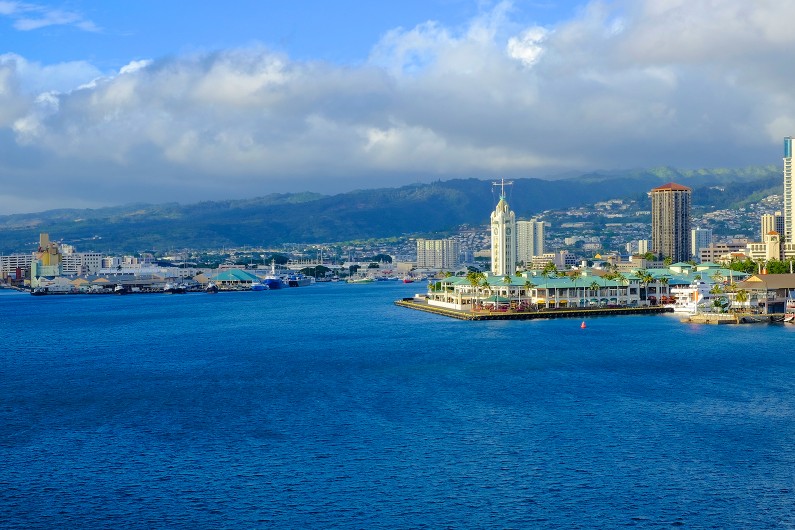
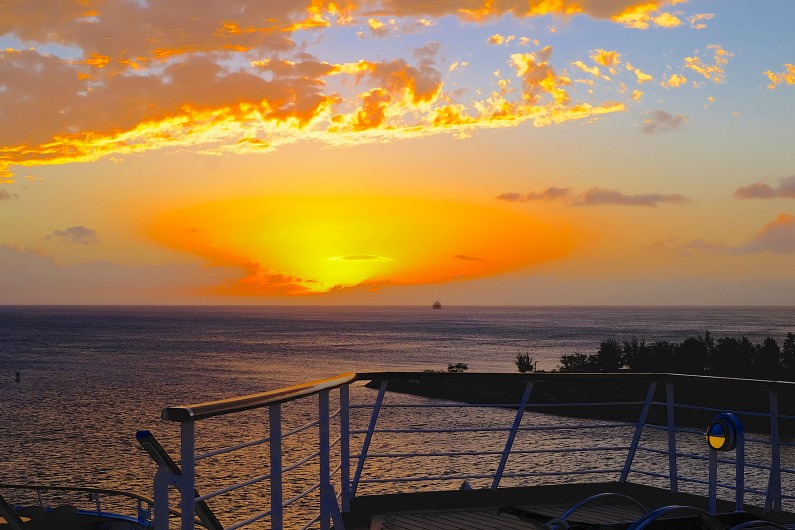
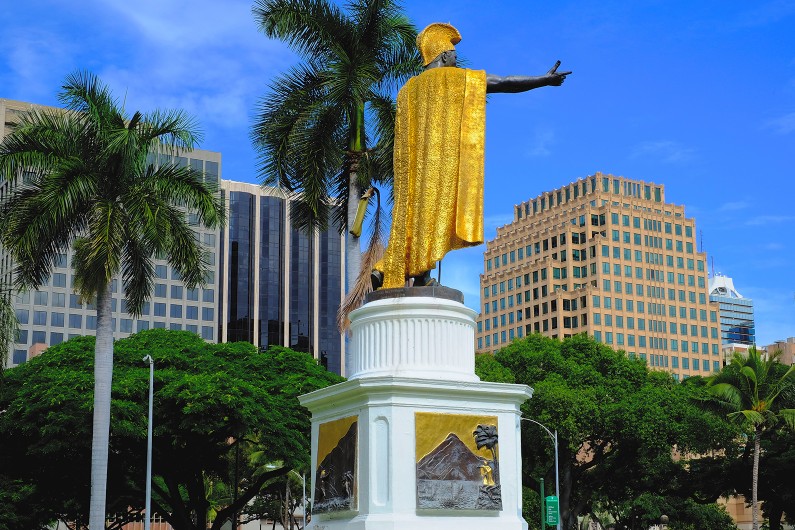
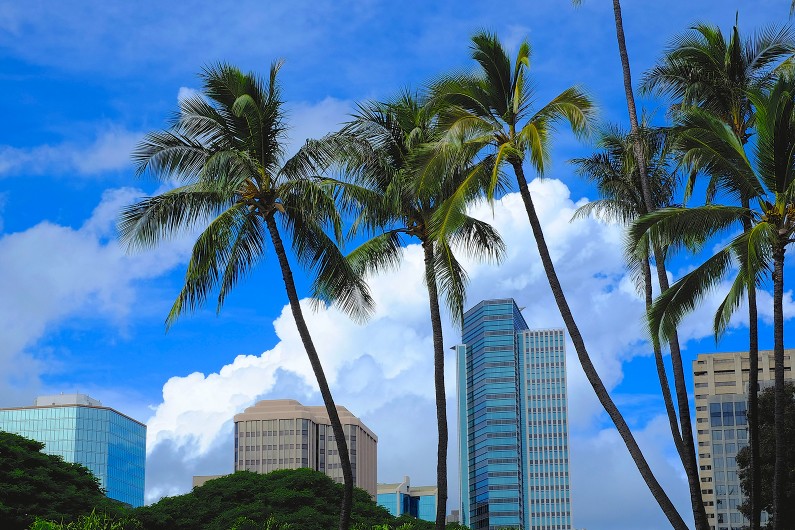
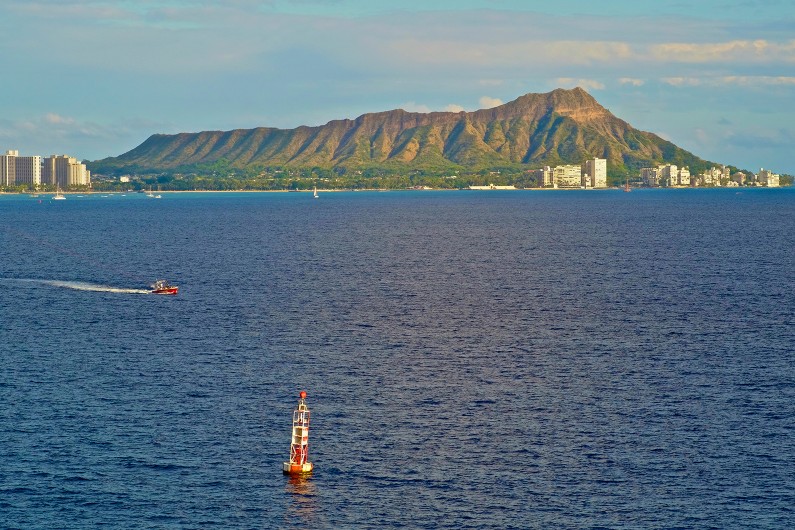
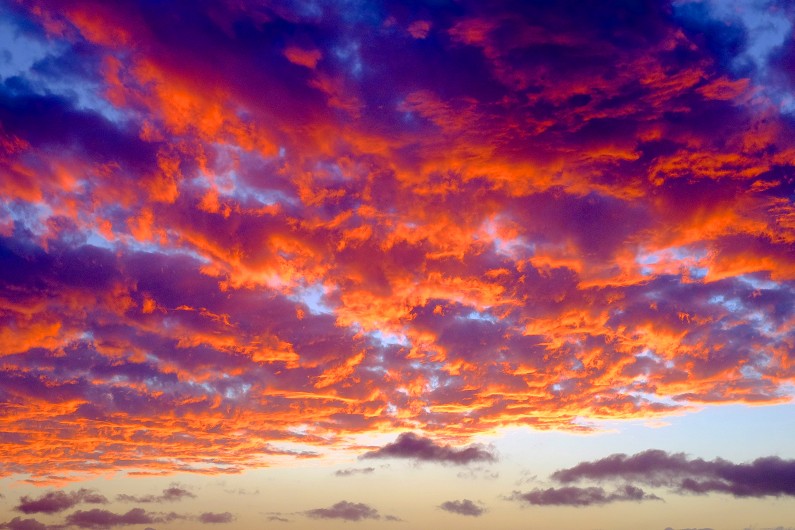
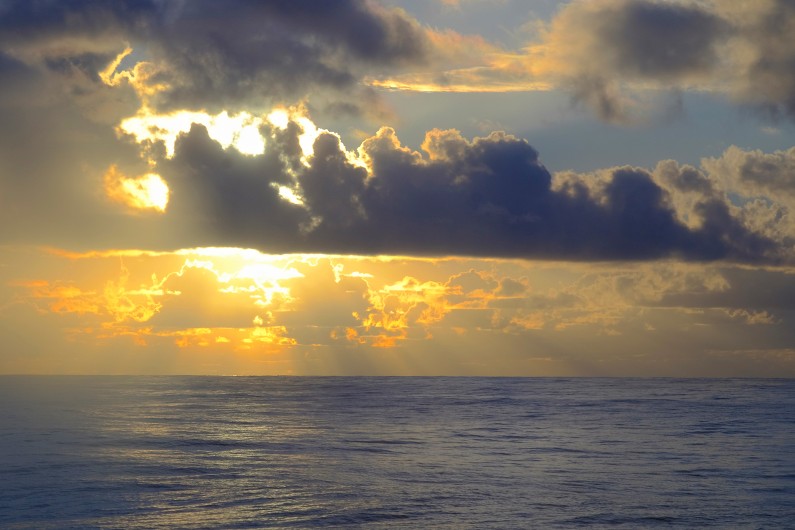
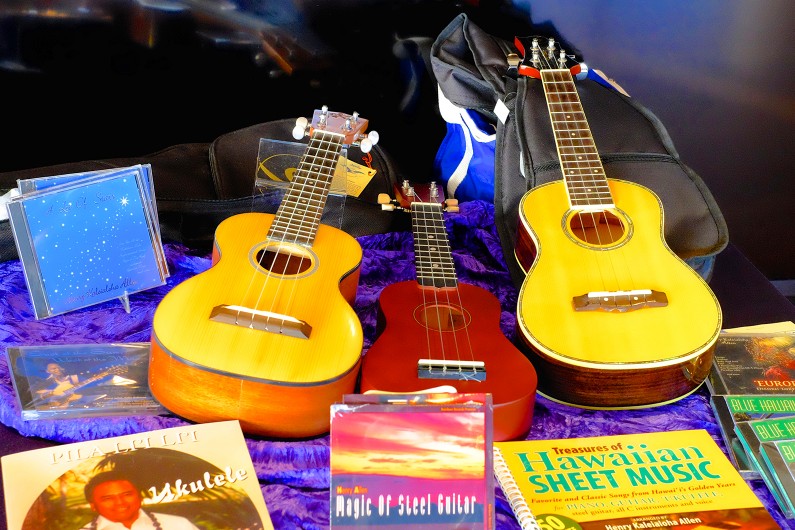
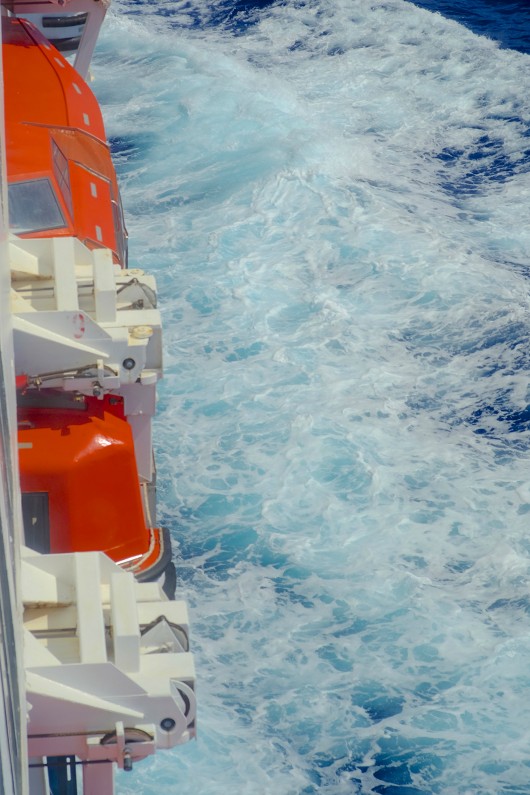
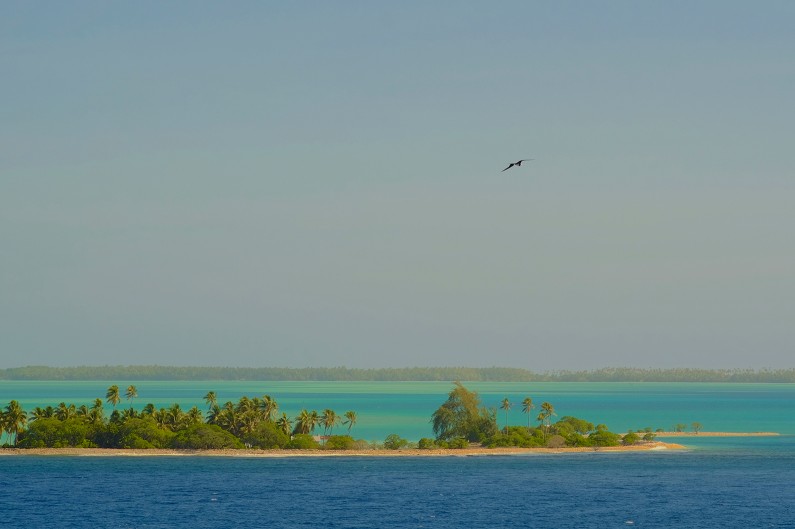
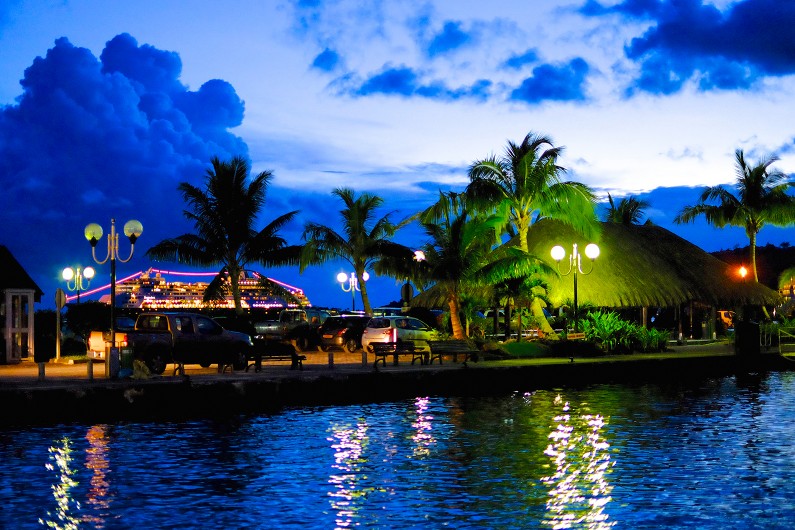
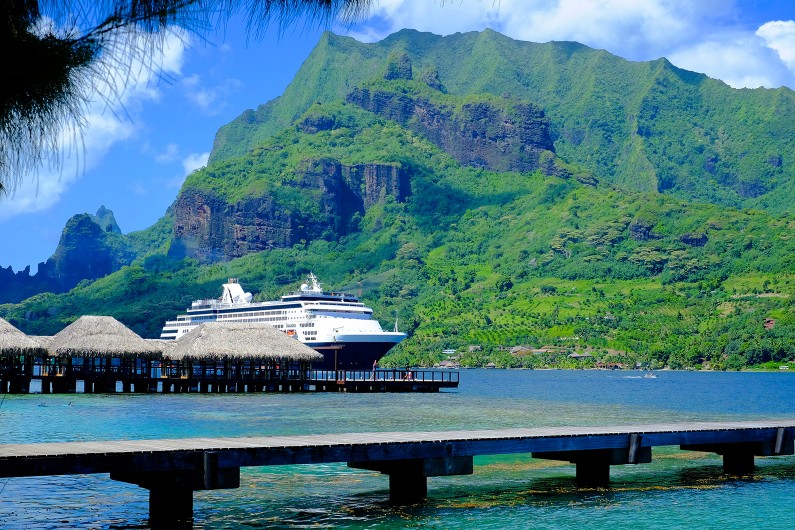
Hi Jed,
The XF 35mm is still such an incredible lens…that first photo has such a nice three dimensional pop to it. It’s so crisp and clear too. Thanks again for sharing,
Best,
Patrick
Great article, Jed. The quality of your shots certainly show you made a great choice in going with primes.
I have a theory about using primes versus zooms. I think photographers who use a few, select primes tend to make compositionally stronger pictures. Perhaps its because the photographer gets two really know 2, or 3 focal lengths very well and this allows them to strongly pre-visualize the photo before making it.
The majority of your images are strongly composed – well done.
Definitely agree with your theory on primes, Marco.
Hello Patrick,
Yes, you are right that there is definitely something quite special about this lens. But I also confess that I think it also has much to do with the focal length. When I have it mounted, everything just seems to be much easier to visualize. I confess though when I set out I really expected to end up with many more images with the other lenses. I just kept seeing things with it & ended up with it being more used than I imagined. Probably the biggest surprise of the trip. Thanks again for allowing me to share this special experience. Cheers.
Jed
Hi Jed,
I am most comfortable with a 50mm focal length as well, so I can definitely understand what you mean. I appreciate you sharing your article with us here, it was a fantastic read!
Best,
Patrick
Hello Marco,
Thanks much for both reading & viewing what I contributed to Patrick’s log. And you are absolutely correct, I can’t begin to say what a difference it was using the primes. You spend so much more time making a photo with them, & then also benefit from the much better quality of lens.
But I really enjoyed trying to picture beforehand what I was going to to do with the fixed focal length lens. It made me both appreciate & see more completely what I was looking at. Then, as you observe, with some lenses it just seemed to become what I was expecting to photo. With the little 35mm, it really happened more often. Thanks much for your kind comments & observations. Cheers,
Jed
Wrong about the 35mm being the first prime to be produced for the X-Pro1. It was the 18mm, at least in the US. I had one of the first X-Pro1’s available in the US, and the 18mm was all that was available.
Hello Patrick,
Before the X-E2 & its’ 35mm lens attached, I owned both the Fuji X100 & the X100S with their fixed 23mm f2 lenses. These equivalent 35mm focal length lenses were truly outstanding & one of the reasons why this camera is so popular & usable today as a fixed lens camera. But I could never quite adjust to this focal length, never having used it before except as part of my former Nikon’s 18-200mm zoom. With this zoom I recall I was almost always at one end or the other, or occasionally half way in between. But with the X100[S], I usually found it too wide for what I considered normal photography & not wide enough when I thought I wanted something wider.
And thanks again for the kind words about the article. Great fun to prepare it! Cheers,
Jed
Hello Hasi,
Many thanks for reading & commenting on the article. And thanks in particular for bringing the question of which lens was the first released with the X-Pro1 to my attention. I guess it may be that we are both kind of right or wrong, however you might look at it & wherever you might live. Fuji says that the 18mm, 35mm & 60mm lenses were all “released” on Jan 9, 2012. But when the camera first came out I went to my local Fuji dealer & was shown one with the 35mm lens attached, & was told it was the first one available. Obviously, where you live, the 18mm was the first one available with the camera. So thanks for noting my faux pas, & for reading & commenting on the article. And hope you are enjoying your Fuji X-Pro1 – a truly great rangefinder like camera. Cheers,
Jed
Hey Jed;
While the 35mm used to be my go-to focal length 20 to 25 years ago, I’ve since preferred the combination of a 28mm and 50mm, starting over a decade ago. It wasn’t anything overt or conscious on my part. Simply something that started happening over the years.
Maybe from using the 35mm, I felt it was neither wide enough nor long enough, similar to how you felt. I find with the 28mm (aka XF 18mm) it was the beginning of a true, wide look. And a 50mm (aka Touit 32mm) could be shot wide open to isolate a subject, and it also makes for a good portrait lens.
I do admire shooters who can use the 35mm exclusively, like David Alan Harvey of Magnum. It’s not an easy focal length to use by itself, and seeing him shoot entire large scale photo essays (like his recent “Based on a True Story”) successfully is an amazing feat.
Hi Marco,
Now that you reveal you were using the 35mm so long ago, you are probably not really an old guy like me, but not a young kid either. So probably the loss of normal vision has affected both of us, so we need the 50mm just to help us see what’s in the photo! Ha – Ha. No, seriously, I really take your point about how we progress seeing things differently, whether it’s a hobby or business. And I really understand why the two focal lengths are so usable & compatible with each other. Probably says a lot about why Fuji came out with their 18mm & 35mm at the same time. They saw many other users out there just like you & me. And I read constantly about how lots of folks depend on the 18mm like I do on the 35mm, particularly for street photography.
I will definitely look up David Alan Harvey on the Magnum site to see his 35mm work, particularly the “Based on a True Story” that you mention. It is a tough focal length to do well, & kind of interesting why Fuji picked it as its’ choice for the X100 series, & have not wavered after three iterations of that camera. Possibly because they knew it would really be the serious & skilled photographers who would both really appreciate & get the best out of this great little camera. Good to hear from you. Cheers,
Jed
Ha! I had to start wearing progressive eyeglasses a few years ago, just to read! Yeah, the old eyes are failing indeed!
Check Harvey on YouTube. There’s a long doc on him shooting at the port city of Incheon, which is part of the In Frame series, Episode 16. He shoots with just one camera during his stay: a FUJI X100s. I’m impressed he can do a major photo essay with what is essentially a point and shoot camera (although it’s a GREAT point and shoot).
Another thing I like about Harvey is that he doesn’t take himself too seriously and makes fun of himself. He does a homemade Photo Tips series on YouTube which is pretty funny, at his own expense 🙂
Hello Marco,
Thanks for the tip about David Harvey & his work with the Fuji X100 & its’ 35mm focal length. He certainly has done a very wide range of work with this little camera, from the serious, some quite gritty & often soul searching photos in the “Based on a True Story” photo essay, to his fast & easy street photography work caught on film in his travels in Inchon, Korea. Really fun to watch him be so natural & comfortable in this strange land while snapping so quickly with the camera – just one fluid movement, kind of like films I’ve seen of Garry Winogrand & his style. But Harvey clearly has mastered the demands of the 35mm lens. And if I recall, Winogrand even used a wider 28mm lens on his Leica some if not most of the time. I’ll try to look at more of what Harvey has done also, so thanks again for sharing this. Cheers,
Jed
Hey Jed
It took me decades to appreciate Winogrand’s work! Throughout high school and art college, I had always preferred Cartier-Bresson with his 50mm, as well as Koudelka and Meyerowitz with their use of the 35mm.
But last year, just before I got into the FUJI X system, something finally clicked into place for me, so that I could appreciate Winogrand’s work. Now, for the works of master street photographers, I would say the clearly wider look of Winogrand with his 28mm is my current favourite. That preference led me to choose the 18mm over the 23mm for my X system.
For general street photography in dense crowds, I’m using the 18mm/28mm-e about 80% of the time, with the Zeiss 32mm/50mm-e the remaining 20%. As crowds get thinner, that ratio begins to reverse. It becomes socially unacceptable to be so close to people, so as the distance grows, the 32mm/50mm-e comes into its own. Essentially, I start working at Cartier-Bresson distances from people (please note that I am NOT comparing myself to HCB. My work is nowhere near the quality of a legendary Magnum photographer, haha!)
Hi Marco,
I really think street photography is one of the most difficult forms to do very well. When I first got my X100 I thought I would take advantage of its’ small size & try my hand at it. All of my prior Nikon gear just seemed way too large to be comfortable or even effective doing it. But the 35mm lens required getting much closer than I ever felt comfortable doing. So I kind of gave it up for a while. And now with the XE-2 & the 50mm equivalent lens, I still only do street work in conjunction with travel or other general photography. Probably if I were still living back in San Francisco, or had access to any other big city, it might be more enticing. This recent trip also didn’t get me into any locations where I thought it might work. But I would love to see some of your photos, & enjoy the work of the truly capable guys we have been talking about, & many others. Cheers,
Jed
Hey Jed;
I have some of my recent street photography posted on my blog –
eyebeamimages.wordpress.com
A couple of my favourite images using the 18mm/28mm-e that were shot within the last 8 weeks, can be found here –
https://eyebeamimages.wordpress.com/2014/12/22/fuji-xf-18mm-a-couple-of-night-shots-in-the-rain-fog/
Any glow that you see from point light sources in those pics are NOT induced by post work. I shot those images during a rain storm combined with a very unusual fog, that created a strange halo effect around light sources…
And there’s another street image in B&W shot last summer in my post about using the Fuji X-Pro1 for street photography, that I also like. Again, shot with the 18mm/28mm-e lens.
You always have excellent shots, Marco!
Hi Marco,
Sorry for such a late response to your really nice photos. Other things in life just seem to get in the way at times I guess. But I totally agree with Patrick that this work with a wide angle is most impressive. Makes me want to use that end of the 18-55mm zoom more than I have lately. So thanks for this encouragement! Cheers,
Jed
“I do admire shooters who can use the 35mm exclusively, like David Alan Harvey of Magnum. It’s not an easy focal length to use by itself, and seeing him shoot entire large scale photo essays (like his recent “Based on a True Story”) successfully is an amazing feat.”
Just what i thought when i read this. I have a love and hate relationship with 35mm lenses. I think if you only go with one lens then it should be this. But i prefer to travel with 28,50,90 and each lens more means more bulk. this series of focal lenghts is also choosen by Leica when they sell limited Editions.
Still there is something i really like about that 35mm focal length. It looks more cineastic and dramatic than the 50 i think but still natural. But i could not give up on my 50 as it is the most used lens i have and the one that i do my best shots with. then again i think it is just because i use it so often and that i could handle the 35mm as well with practice. But that would work best if i would adept my way of shooting to 35mm view and shoot exclusively with it.
Nice article and worth the read. Thanks for sharing.
Hello Elderin,
Hello Elderin,
Thank you for these comments which really highlight how personal & often times different our choices of the lenses we use really are compared to everyone else. And I definitely understand your preference for the three lenses that you cite; also I found on this trip that there certainly is something to be said for bringing three balanced prime lenses on a trip. I used only three of the four primes I brought almost all of the time – being of a smaller size also is an added benefit. I hadn’t known that Leica selected the 28, 50 & 90 as their choice for limited edition sets, but this too seems quite sensible. Again, thanks for taking time to read & comment on the article.
Really nice pictures. I’m going to the states with just a 18 and 35. It really is good enough for most situations.
But can Inask you how to get your pictures so crisp and clean. The postprocessing is really outstanding!
Regards,
Bas
Hello Bas,
Thanks for the kind words & the interest in the quality of the photos. To be completely honest, I really think it has more to do with the Fuji X-E2 sensor & the settings used on the camera than the post processing. I use JPEG settings that will hopefully maximize the color rendering (e.g., film simulation on Velvia for more vivid color, color saturation set on high, sharpness on hard, etc). Then for post processing I use Aperture 3 on a Mac computer & try to balance things out if they come out over-boosted, but mostly just dealing with adjustments to highlights, shadows, contrast & saturation – the exposure sliders don’t get changed much with the excellent out of the camera JPEG’s that Fuji creates. And enjoy your trip to the US & I think those two lenses will work out just fine, particularly the 35, but the 18 is a good all around wide lens. On my 18-55 zoom, that it where it spends most of its’ time. Cheers,
Jed